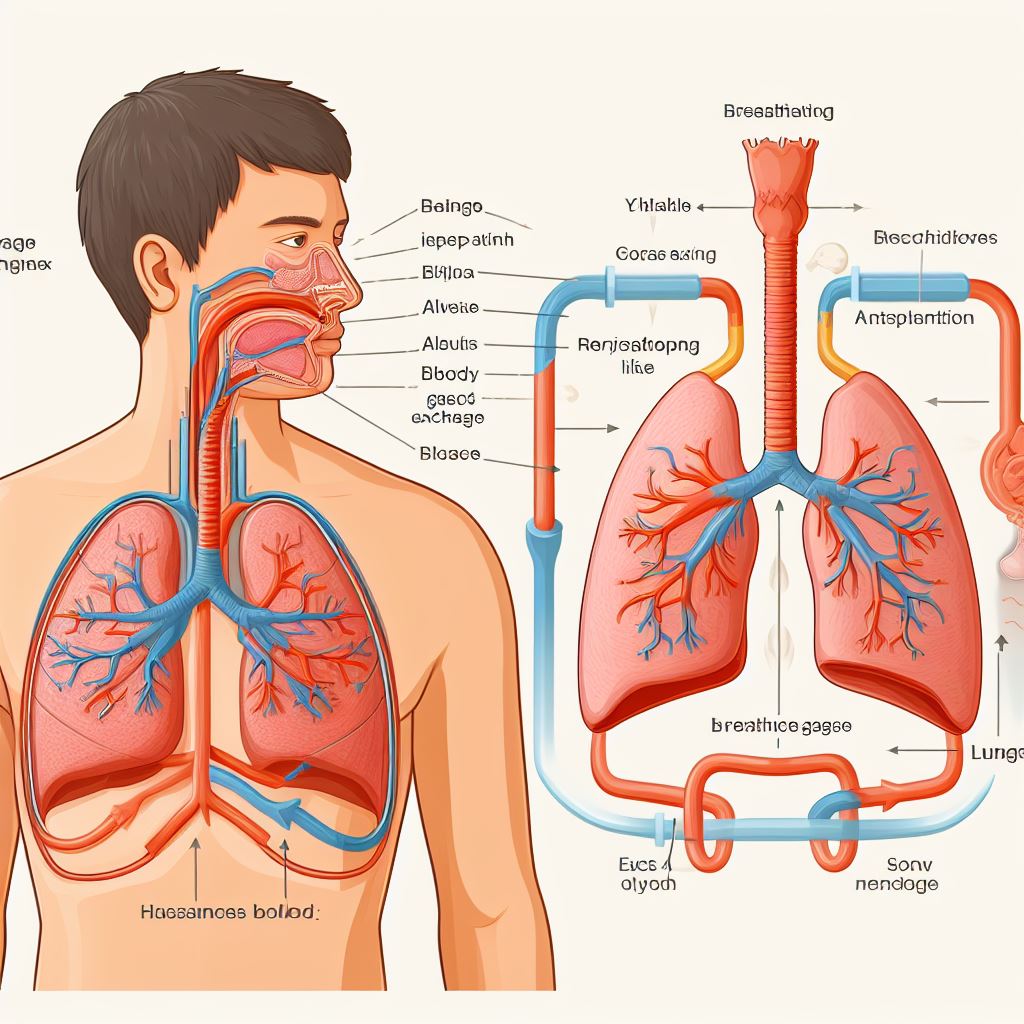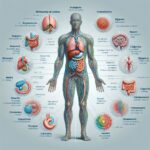Decoding the Dynamics Between Breathing and Respiration
Navigating the Intricate Mechanisms of the Human Respiratory System
Breathing and respiration are terms often used interchangeably, yet they represent distinct processes within the complex machinery of the human respiratory system. Let’s unravel the intricacies, clarifying the differences between these vital physiological functions.

1. Breathing: The Mechanical Act
Definition: Breathing, also known as ventilation, refers to the physical act of inhaling and exhaling air. It involves the exchange of gases—oxygen and carbon dioxide—between the lungs and the external environment.
Mechanism: The process of breathing includes inhalation, where air is drawn into the lungs, and exhalation, where air is expelled. This mechanical act is facilitated by the contraction and relaxation of respiratory muscles, primarily the diaphragm and intercostal muscles.
2. Respiration: Cellular Energy Production
Definition: Respiration, on the other hand, is a broader term encompassing cellular processes that involve the exchange of gases within the body at the cellular level. It is a crucial part of energy production.
Types of Respiration:
- External Respiration: The exchange of gases between the lungs and blood.
- Internal Respiration: The exchange of gases between blood and body tissues.
- Cellular Respiration: The intracellular process where cells use oxygen to generate energy, releasing carbon dioxide as a byproduct.
3. Location of Processes: From Lungs to Cells
Breathing: The physical act of breathing primarily occurs in the respiratory system, involving the nose, trachea, bronchi, and lungs.
Respiration: While external respiration occurs in the lungs, internal respiration takes place in the capillaries throughout the body, and cellular respiration happens within the cells.
4. Gas Exchange: Oxygen In, Carbon Dioxide Out
Breathing: Inhaling brings oxygen-rich air into the lungs, and exhaling expels carbon dioxide, a waste product of cellular metabolism.
Respiration: In external respiration, oxygen from inhaled air moves into the bloodstream, while carbon dioxide moves out. In cellular respiration, cells utilize oxygen to produce energy and release carbon dioxide as a byproduct.
5. Involuntary and Voluntary Control: Autonomic Nature
Breathing: While breathing can be consciously controlled (voluntary), it also operates involuntarily under the control of the autonomic nervous system.
Respiration: External respiration occurs involuntarily, driven by the need for oxygen. Cellular respiration is an automatic process within cells, regulated by cellular energy demands.
6. Purpose: Sustaining Life and Energy
Breathing: The primary purpose of breathing is to exchange gases, ensuring a continuous supply of oxygen for cellular respiration and removing carbon dioxide.
Respiration: Respiration, particularly cellular respiration, is essential for generating adenosine triphosphate (ATP), the energy currency of cells.
7. Clinical Implications: Respiratory Health
Breathing: Issues related to breathing, such as asthma or chronic obstructive pulmonary disease (COPD), affect the mechanical aspects of inhaling and exhaling.
Respiration: Disorders like respiratory acidosis or alkalosis may impact the efficiency of gas exchange in the body, affecting both external and internal respiration.
Conclusion: Interconnected yet Distinct Processes
In conclusion, while breathing and respiration are interconnected processes vital for sustaining life, they represent distinct facets of the intricate dance of oxygen and carbon dioxide within the human body. Breathing is the mechanical act, facilitating the exchange of air, while respiration encompasses the broader journey of gases, from the lungs to the cells, powering the engine of life.


